Say Hello to the 6 Newest Species of 2021
Meet iridescent sharks, nano-chameleons, and other characters
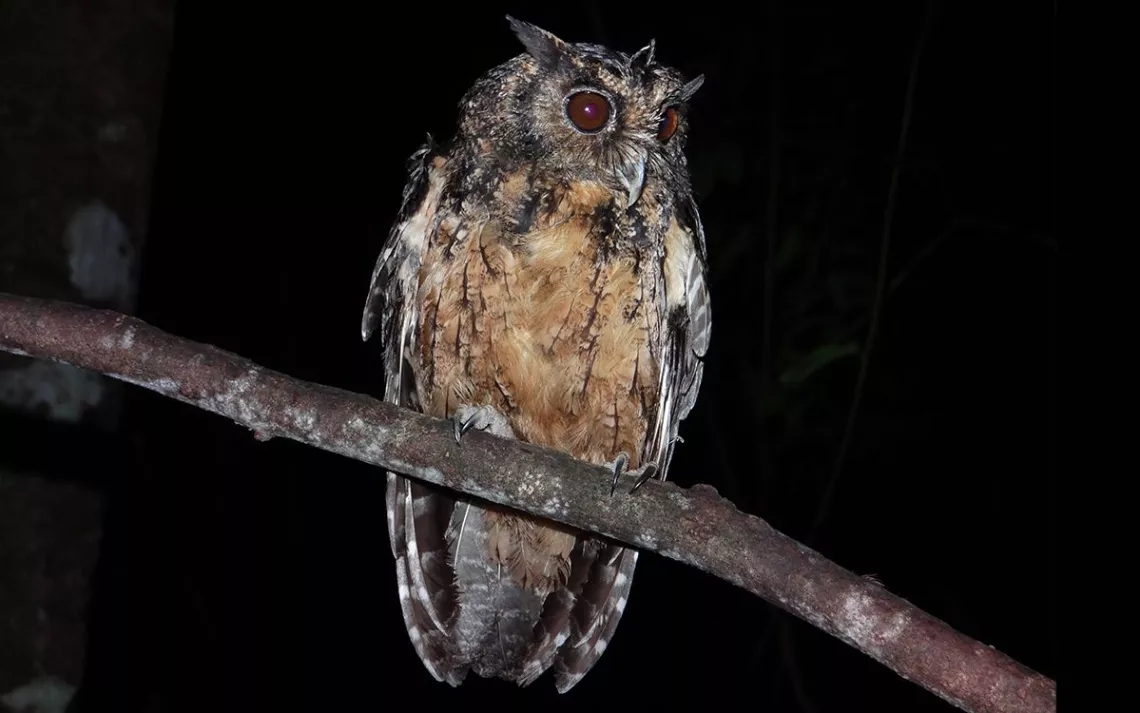
Courtesy of Diego Mendes
The unique conditions on Earth have produced an unmatched variety of life that makes our blue planet a jewel among the stars. No other planet that we know of supports such a dazzling array of life forms. Consider the groundbreaking 2011 study that estimated there to be almost 9 million species on Earth—nearly three times the previously calculated amount. Of that 9 million, we've only identified about 1.6 million.
Understanding the variety of life is crucial to our survival because it underpins what’s essential to our livelihood. Plants, for instance, purify the air we breathe and are our best-known carbon sinks. Healthy soils, nurtured by insects, help clean the water we drink. Animals fertilize, pollinate, and distribute the crops that we depend on for food. And, many of our medications are found in the unfathomable assemblage of plants and fungi that cover the earth.
Despite having explored nearly the entire planet, we still have much to discover. “As we speak, in museums, universities, and in labs, there are hundreds, if not thousands, of species waiting to be named,” says Dr. Camilo Mora, a marine ecologist at the University of Hawai'i, who coauthored the 2011 study.
And 2021 is shaping up to be a good year for increasing our knowledge of the natural world. Here are six species that scientists have named so far this year.
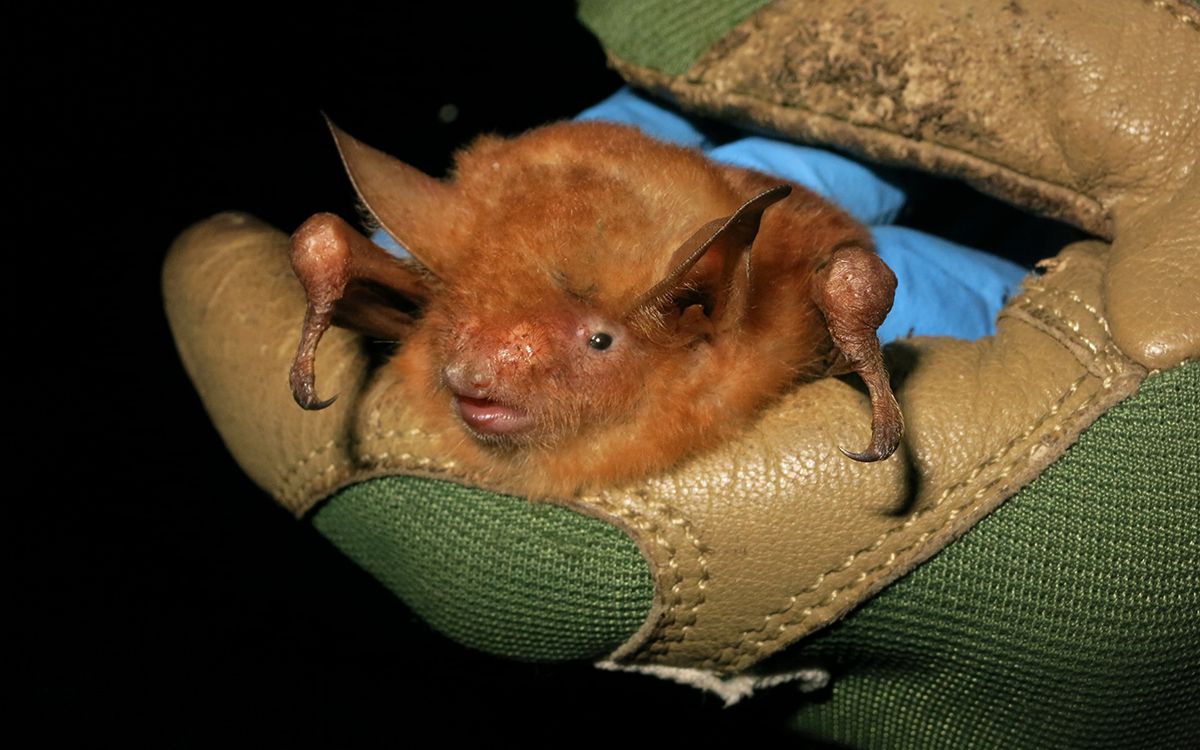
Courtesy of Bat Conservation International
Bats often live in remote, hard-to-reach locations, which perhaps is why they're so hard to identify. There are over 1,400 species of bats, according to Dr. Nancy Simmons, curator-in-charge at the Department of Mammalogy at the American Museum of Natural History, and nearly 20 new species are named each year. The latest addition is the orange-furred bat, also known as the Nimba Mountain bat. It hails from Guinea, a country on the western coast of Africa. Originally thought to be a colorful variation of a known species, this fiery-hued bat’s distinction was confirmed by scientists after much correspondence among experts around the globe. They’re hoping the newfound discovery will bring attention to the area and help elevate conservation as a priority in the region.
The cutest chameleon you've never heard of had its coming-out party earlier this year when a group of scientists announced their findings in Nature. It's called a nano-chameleon and it's native to northern Madagascar. Because only two have been collected, one male and one female, scientists aren’t sure about a specific size range. But it's been confirmed that both are adults (which means they're at the upper limits of how big they'll get), and these two lizards are so tiny that they can fit on your fingernail—making them possibly the smallest reptile on Earth. The newly discovered species beat out the former “most minuscule” record holder, also a chameleon, by several millimeters. That may sound minor, but when your entire body is measured in this single unit of length, it adds up to a significant difference.
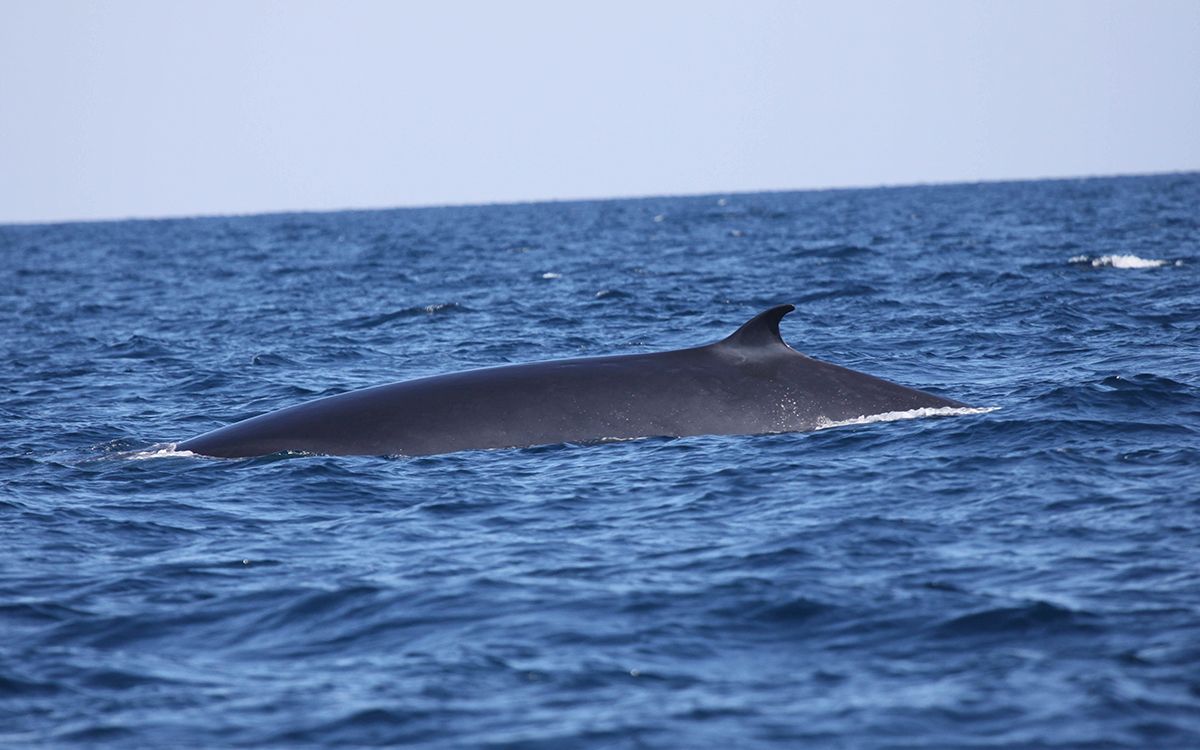
Courtesy of NOAA SEFSC Permit 14450
Earlier this year, scientists confirmed the discovery of a uniquely American whale in the Gulf of Mexico. Formerly thought to be a subspecies of Bryde's (pronounced BROO-dus) whale, Rice's whales were confirmed to be completely distinct after scientists from the National Oceanic and Atmospheric Administration were able to gather enough skeletal remains and genetic samples to compare and contrast the two. Unlike some of their larger, ocean cousins, Rice's whales are slender and aerodynamic, built almost like torpedoes. Still, at 42 feet long, they’re nearly double the length of orcas. With only 100 of the baleen species known to be alive, sample collection was difficult, which is why it took so long to collect enough reliable data. Marine biologists got a break last year when a fully intact skeleton washed ashore in the Everglades. With so few in the wild, the species is already listed as endangered.
"Even something as large as a whale can be out there and be really different from all the whales, and we don’t even know it,” said Patricia Rosel, the NOAA scientist who led the research. “It really brings to light the urgent need of conserving and protecting these animals in the Gulf, and making sure we don’t lose another marine mammal species like we already have.”
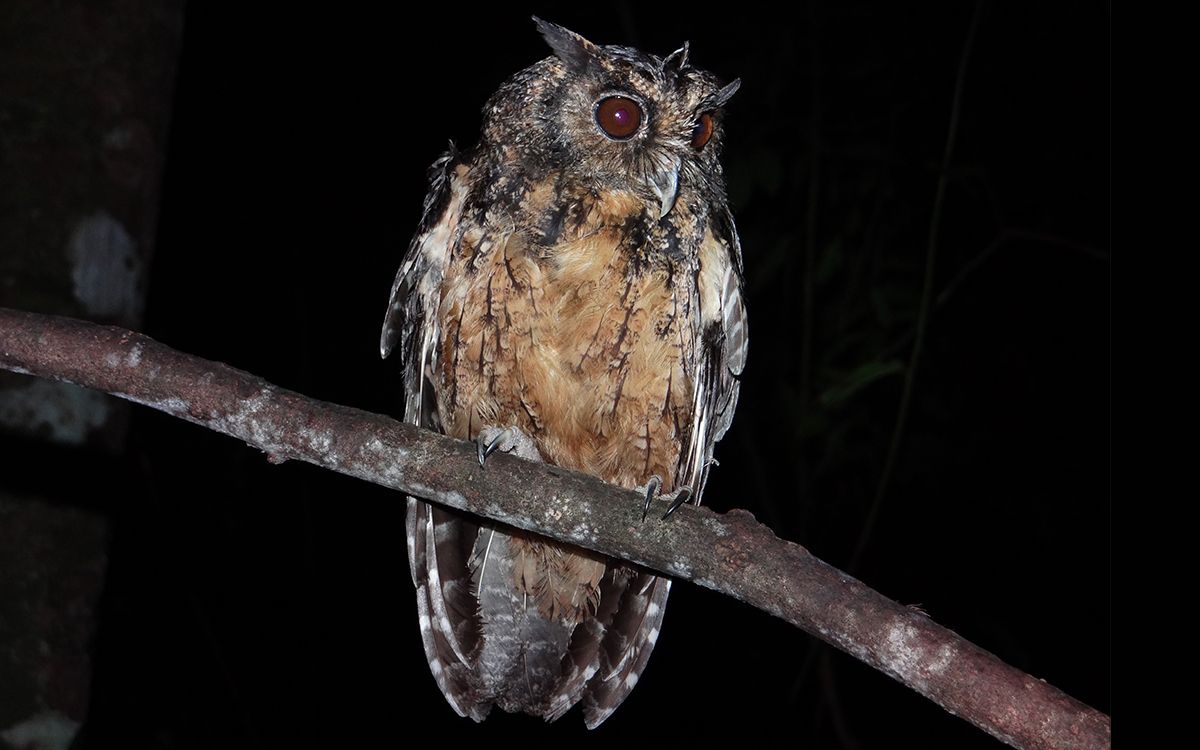
Courtesy of Diego Mendes
Owls can be hard to tell apart. Their feather-covered bodies make spotting morphological differences tricky, and the fact that a single species can range in color renders identification even more problematic. These hard-to-tell distinctions are why ornithologists, to this day, are still finding new species. More recently, a group of international scientists in Brazil identified two new species of screech owls. Dubbed the Xingu screech owl and Alagoas screech owl, the two species are named after the regions where they live, in the Amazon and the Atlantic forest regions of South America, respectively. Previously, the two were thought to belong to a class of known owl species, but after scientists studied their calls and DNA, they determined that they warranted distinct classification. Both species range in color from whitish gray to tawny brown, and they have dramatic tufts of feathers that hover above their (judgy-looking) eyes. But at five to six inches tall, the balls of fluff are pretty adorable too.
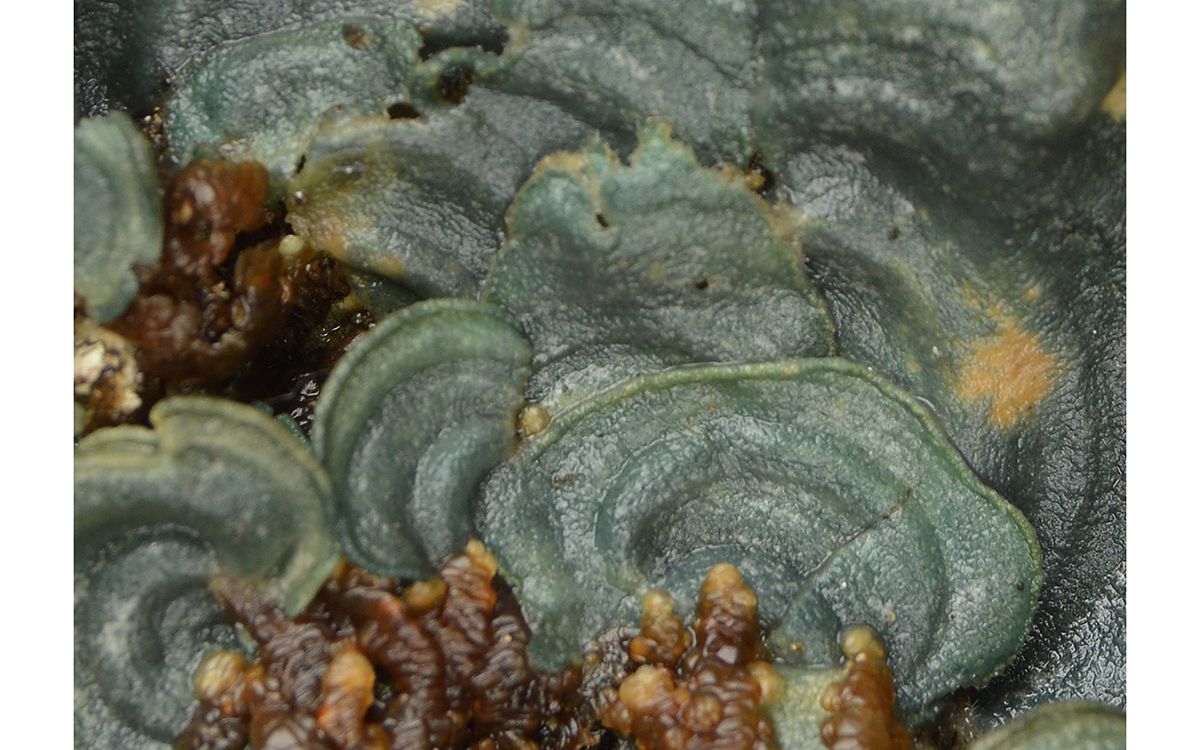
Courtesy of Robert Lücking
While not an animal, a new lichen species has been recently discovered, proving that the plant world, too, offers excitement and mystery. Like many of today’s discoveries, it happened in a lab after a pair of curious scientists found records of the lichen on an online database. The information indicated that the lichen existed far outside what scientists presumed the range was for the species. This piqued their interest, so they did some DNA analysis and found that the lichen is a distant relative of a species more commonly found in South America. Sadly, the new discovery, called the timucua heart lichen, is already thought to be extinct. The last specimen collected was from 1985. But, all is not lost. The hunt is still on to find wild patches. "This emphasizes how little we know about lichen diversity and their genetic information, as well as the importance of digitization projects," said Dal Forno, a research associate at the Smithsonian's National Museum of Natural History, who worked to identify the new species. "There are so many lichens out there, but not enough lichenologists to study them."
Ichthyologists discovered the kitefin shark long ago, but until recently, we didn’t know that it put on such an incredible light show. For years, scientists have known that many species of deep-sea jellyfish and squid glow, but iridescent sharks are a rarity. Discovered off the coast of New Zealand, this shark is thought to be the largest known glowing vertebrate, reaching lengths of up to six feet long. It has a short, blunt snout and big eyes that make it appear toy-like in photos. Scientists say that species glow for several reasons—to camouflage, warn, and recognize others—but according to a study, led by Dr. Jerome Mallefet, research associate at the University of Louvain, “The nature of the shark luminous system remains enigmatic.” Interestingly, scientists have found that melatonin, the chemical that helps us sleep, helps the sharks regulate their glow.
 The Magazine of The Sierra Club
The Magazine of The Sierra Club



